Creating a network of connections – enhancing integration
At the Consultation Workshop on Building an Ecosystem to Support Businesses in Taking Advantage of FTAs, Mr. Ngo Chung Khanh - Deputy Director of the Multilateral Trade Policy Department ( Ministry of Industry and Trade ) said that this ecosystem is designed as a comprehensive connection network between entities in the value chain - from production, processing, logistics, finance, associations to management agencies.
“The FTA ecosystem aims to form a culture of connection, information sharing and mutual support among economic sectors, thereby helping businesses take advantage of opportunities from FTAs more effectively,” Mr. Khanh emphasized.
The model aims to maximize the benefits from trade agreements while strengthening the role of the State in policymaking and coordinating resources to support businesses. Thereby, the FTA ecosystem not only helps reduce procedural bottlenecks, but also strengthens trust and links between the public and private sectors.
Farmers and businesses benefit together
Unlike many individual support programs, this FTA Ecosystem is built to create specific benefits for each group of participating subjects.
For farmers, this is a “passport” that helps them easily access capital from credit institutions participating in the ecosystem; receive technical support and advice on cultivation according to export standards; and ensure product output through contracts with businesses.
For businesses, the ecosystem is a “support channel” that helps access preferential capital sources, receive policy advice, market information, and connect with international customers. This network also supports handling trade problems, especially with markets with strict technical requirements.
For support organizations and industry associations, participating in the ecosystem opens up many opportunities for commercial cooperation, diversifying customers, and strengthening the coordination and connection role between interest groups in the value chain.
Not for everyone, but for like-minded people
Despite its high openness, the FTA ecosystem is not a “playground for all”. According to Mr. Ngo Chung Khanh, each target group has specific criteria: Participating farmers need to commit to sustainable production, ensure stable quality and output, agree to connect with businesses and comply with export farming standards.
Businesses need to have sustainable export contracts, stable finances, commitments to purchase goods from farmers and not compete unfairly.
In addition, participating enterprises must have processing capacity and factory systems that meet international market standards.
Positive impact on economic growth
Associate Professor Dr. Dao Ngoc Tien - Vice Rector of Foreign Trade University assessed: when the FTA ecosystem comes into operation, Vietnam's GDP can increase by 1.65 percentage points by 2025 and remain higher than the trend until 2030 (+1.38 percentage points).
Services, logistics, finance and e-commerce are expected to be the sectors that benefit the most.
Notably, Vietnam's net exports could increase by US$14.9 billion in the 2025-2030 period, while the trade balance would improve thanks to higher domestic value added.
“The FTA ecosystem will be a tool to promote economic restructuring, contribute to improving productivity and creating momentum for green, sustainable growth,” said Associate Professor, Dr. Dao Ngoc Tien.
Strategic move in deep integration
The initiative to build an FTA Ecosystem is not simply a business support project, but a strategic step of the Government to improve integration capacity, increase competitiveness and create new growth momentum for the country's trade and economy.
With a long-term vision, this model will connect the strengths of the State, businesses and farmers in a unified structure - where all resources are unlocked, all potentials are utilized, and each entity has the opportunity to reach out to the global market.
Source: https://baophapluat.vn/he-sinh-thai-fta-be-phong-giup-nong-dan-doanh-nghiep-tiep-can-nguon-von-va-vuon-ra-thi-truong-toan-cau.html



![[Photo] Prime Minister Pham Minh Chinh receives the delegation of the Semiconductor Manufacturing International (SEMI)](https://vphoto.vietnam.vn/thumb/1200x675/vietnam/resource/IMAGE/2025/11/06/1762434628831_dsc-0219-jpg.webp)
![[Photo] Closing of the 14th Conference of the 13th Party Central Committee](https://vphoto.vietnam.vn/thumb/1200x675/vietnam/resource/IMAGE/2025/11/06/1762404919012_a1-bnd-5975-5183-jpg.webp)



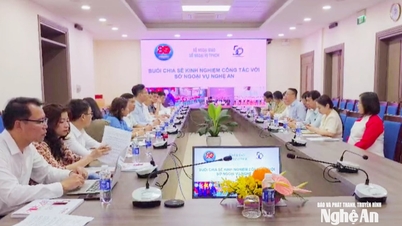

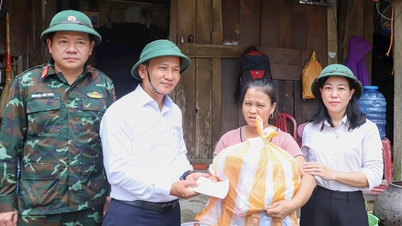



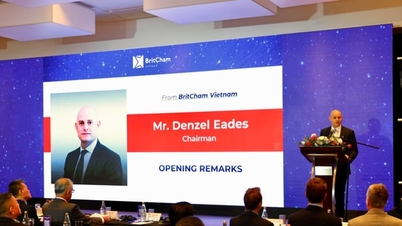





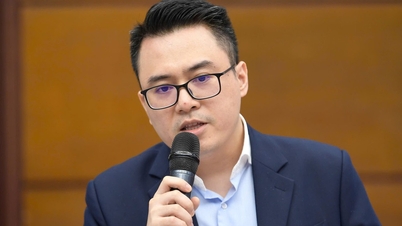















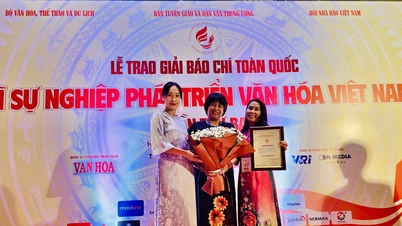
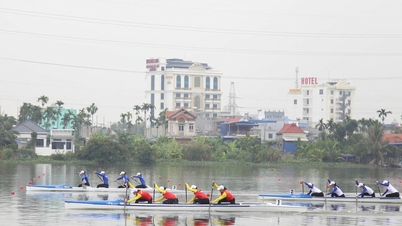
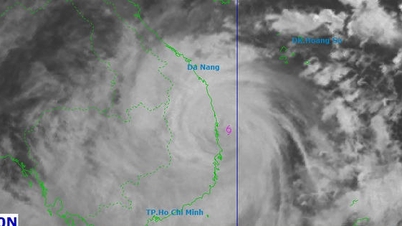
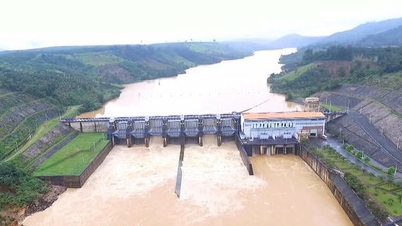



































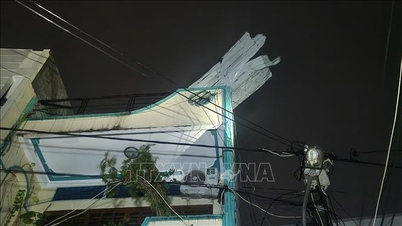
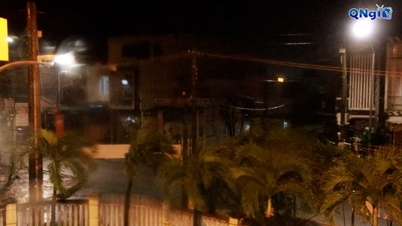

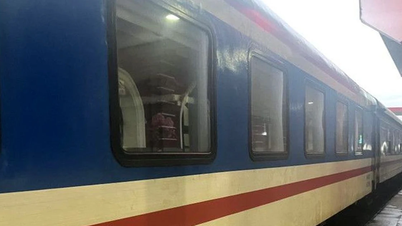

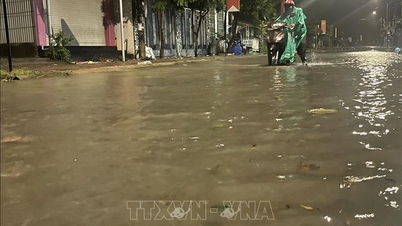

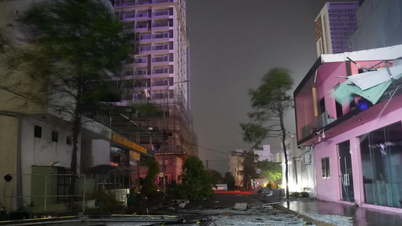



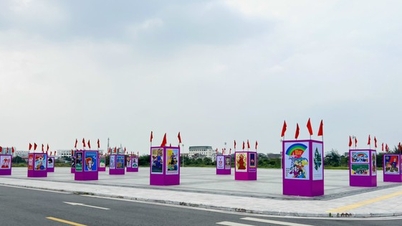






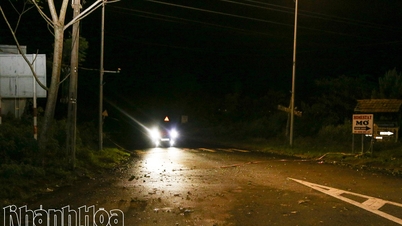

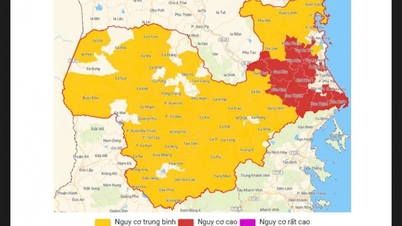

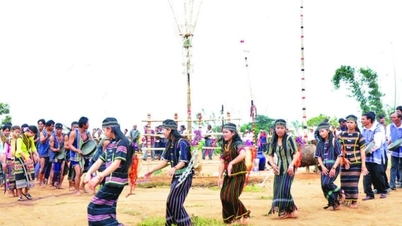
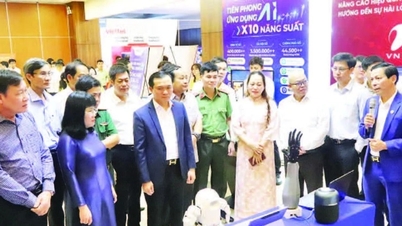

















Comment (0)